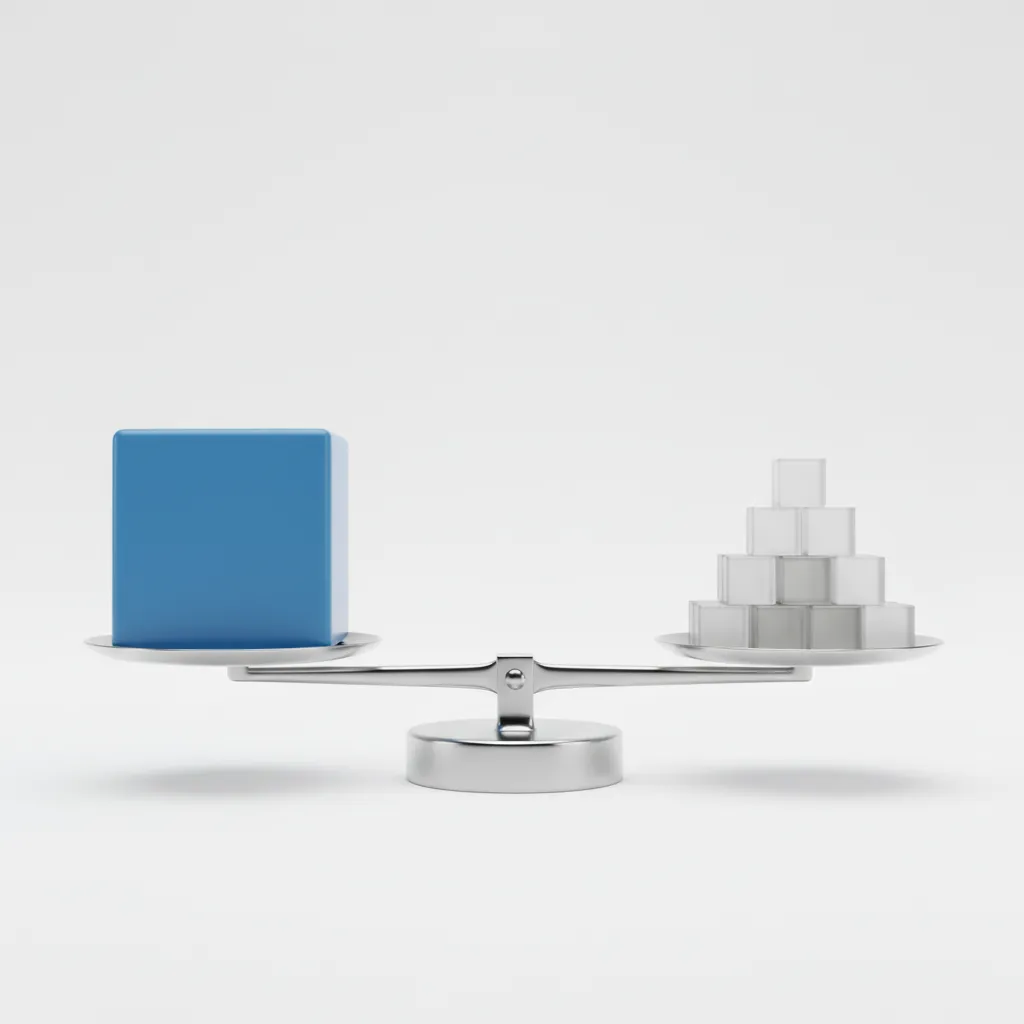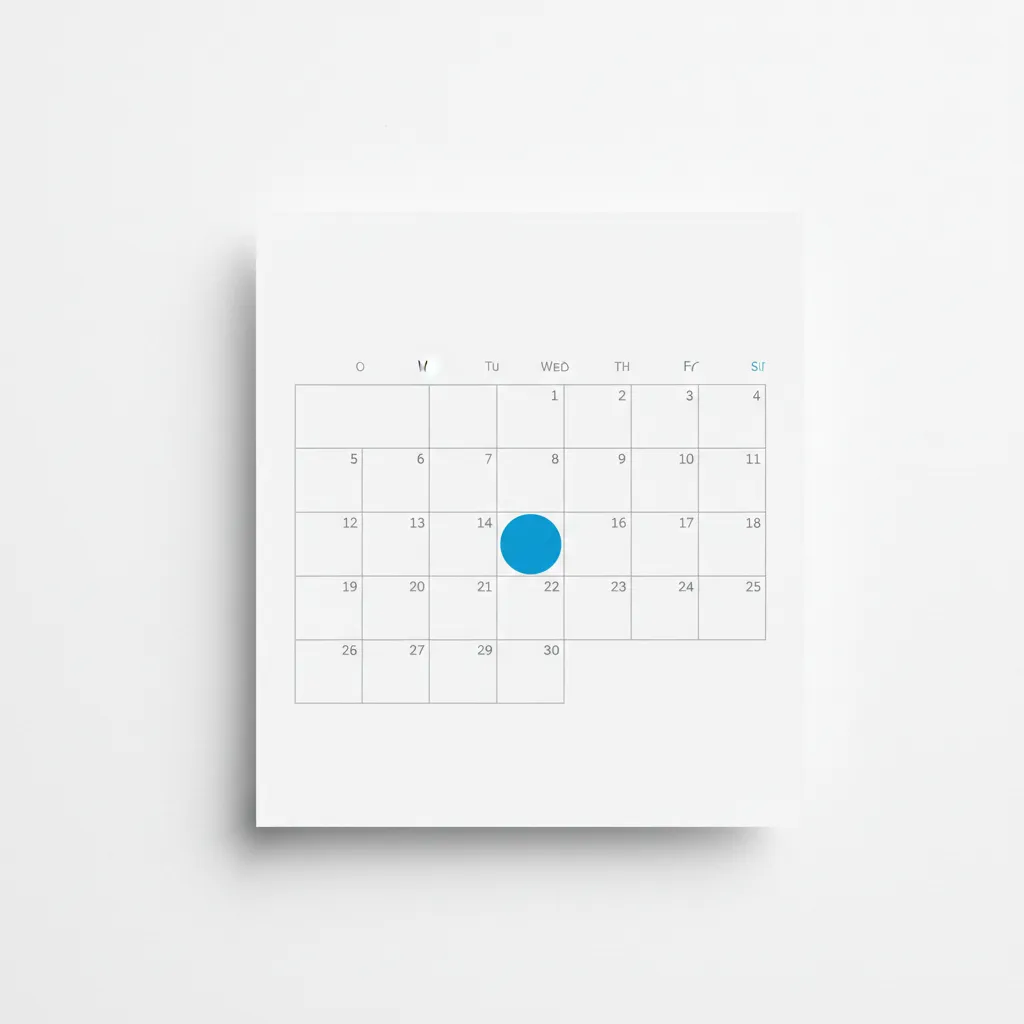Why Your D2C Stack Will Fail Your Wholesale Customers
Shopify is great, but using a B2C workflow for B2B clients is a recipe for disaster. Here are the key operational differences.
PO2Order Team
Editor in Chief

A common mistake for growing brands: “We have a great Shopify store for our retail customers. Let’s just give our wholesale distributors a discount code and tell them to use it.”
This works for a month. Then it breaks.
The “Consumer” vs. “Buyer” Mindset
- The Consumer: Impulsive. Visual. Browses collections. Pays with Credit Card. Wants 1 unit.
- The Buyer: Rational. Data-driven. Searches by SKU. Pays with Invoice. Wants 10,000 units.
Where D2C Tools Break Down
- Payment Terms: Your D2C checkout demands payment now. Your B2B buyer operates on Net 60 terms. They literally cannot use your checkout.
- Shipping Logistics: D2C shipping is “UPS Ground.” B2B shipping is “Palletized LTL with Lift Gate Service.” A standard Shopify checkout cannot calculate a 500lb pallet quote accurately.
- Tax Exemptions: B2B buyers are resellers. They don’t pay sales tax. Managing tax-exempt certificates in a standard D2C checkout is a nightmare of manual refunds.
The Split Stack
You don’t need a different platform; you need a different workflow.
Shopify Plus offers B2B-specific features (Company Profiles, Price Lists) that solve the frontend issues. But you also need to solve the ingestion issue.
D2C relies on the customer doing the data entry (filling the cart). B2B relies on the document (the PO).
If you force a B2B buyer into a D2C “Self-Checkout” funnel, you are treating a $50,000 client like a $50 shopper. They will eventually leave for a vendor who understands their needs.


